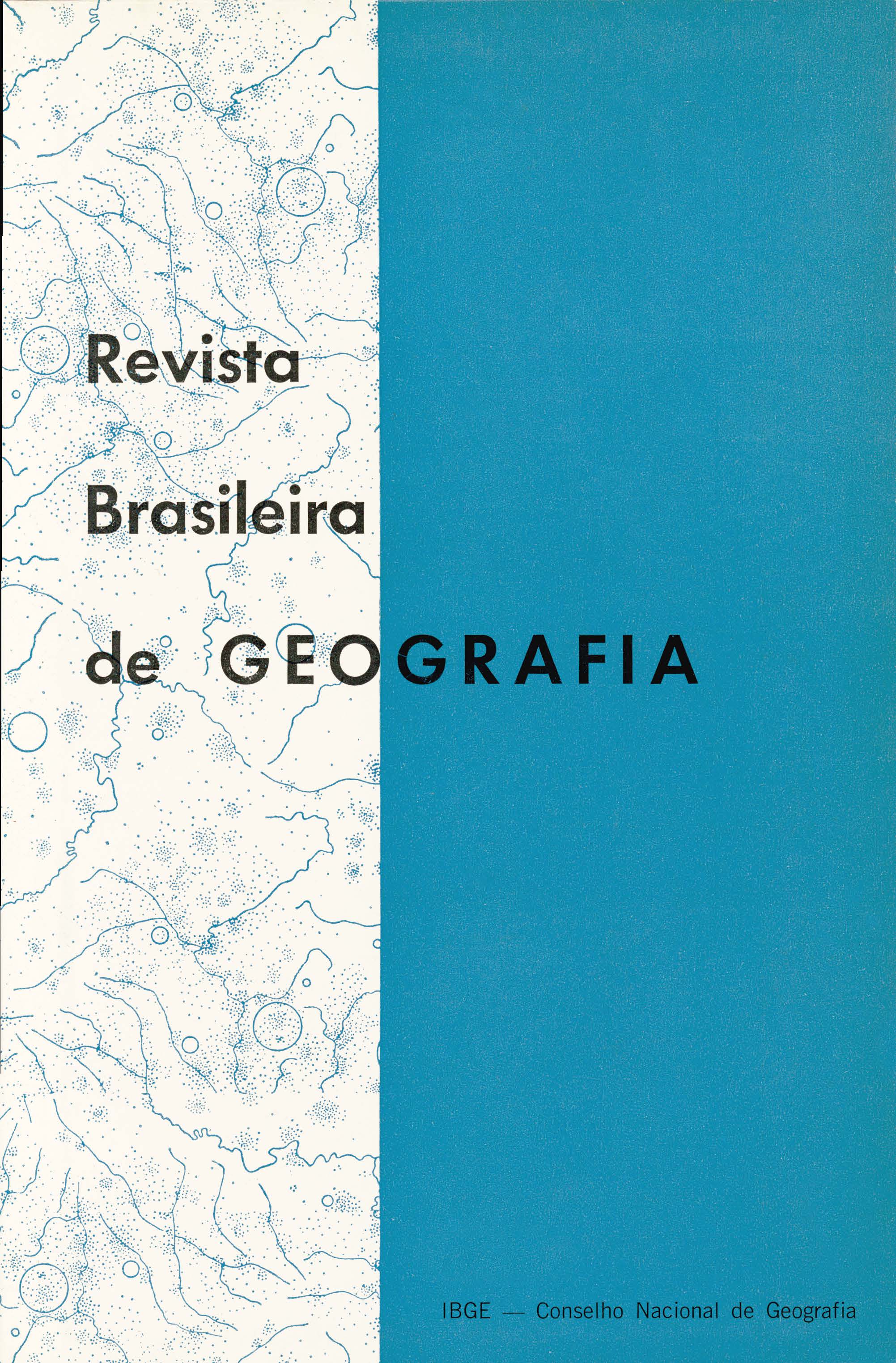Estudo da organização agrária da Região Sul através de uma análise fatorial
Palavras-chave:
Geografia agrícola, Agricultura, Análise fatorial, Brasil, SulResumo
The purpose of this study was to define, through the factor analysis and complemented by one of grouping, the main lines of differentiation of the agrarian organization of South Region of Brazil, to identify the observational unit groups which have presented similar characteristics in the agrarian activities as well. Data of farming and cattle raising production values from the ETEA (Agricultural Ministry) were utilized, some rates established based on general preliminary data of farming-cattle raising census of South Region and of 1970 demographic census, and the 64 microregions were observation units, examined through 35 variants.
These variants were primarily analyzed as for its community values, indicative of the participation weight of each one to a definition of the Factor Matrix. These community values have varied between 92.14% and 53.79% which indicate that they participate of the system of farming-cattle raising organization of the South Region, serving therefore to its description.
The variants were yet analyzed as for its homogeneity degree, established through the calculation of the variation coefficient, which is accomplished starting from the average values and standard-deviation of each one of the variants. Based on the values of the variation coefficients, the variants were classified as homogeneous, with coefficient between 30% and 70%, as heterogeneous with-coefficients from 70% to 100%, and as highly heterogeneous with coefficients over 100%.
The application of the factor analysis to the study of the agrarian organization of the South, based on the 35 chosen variants, has resulted in the identification of seven factors that has represented, on the whole, 76.80% of total variation.
After the characterization of the seven factors that have identified the main aspects of the agrarian sight of South Brazil it was worked out an analysis of grouping based on the measure of the similarity coefficients among places established in function of the factors determined through the factor analysis. The generalizing level has permitted the identification of 21 groups Which can be considered as types of microregions as for the functional, economical aspects of the agriculture.






